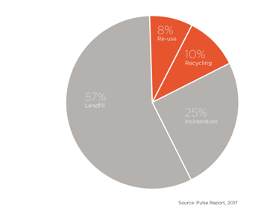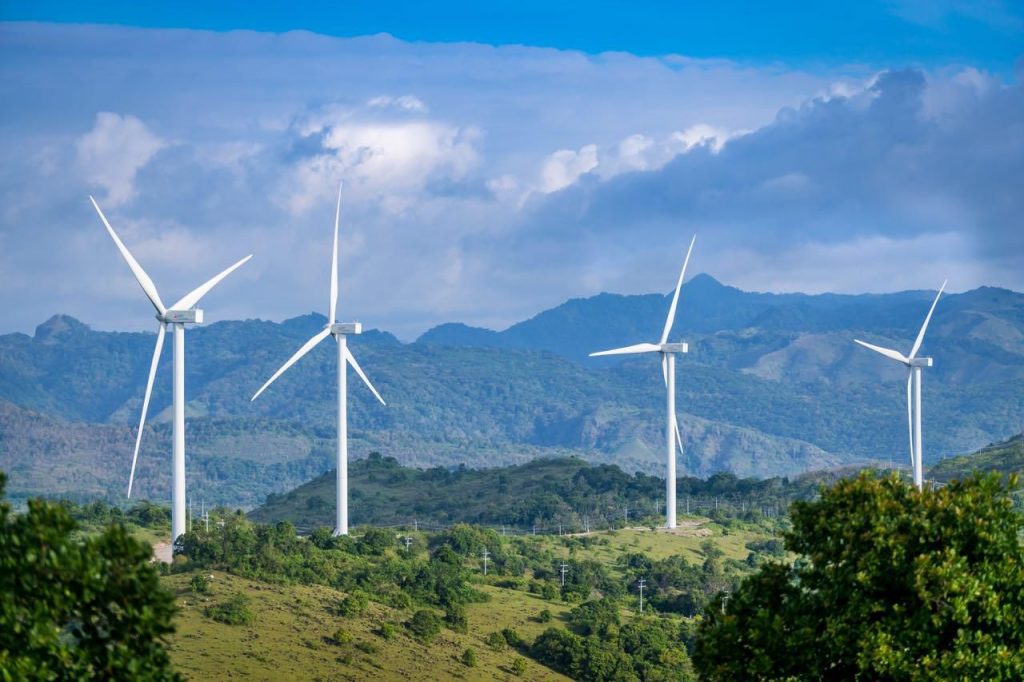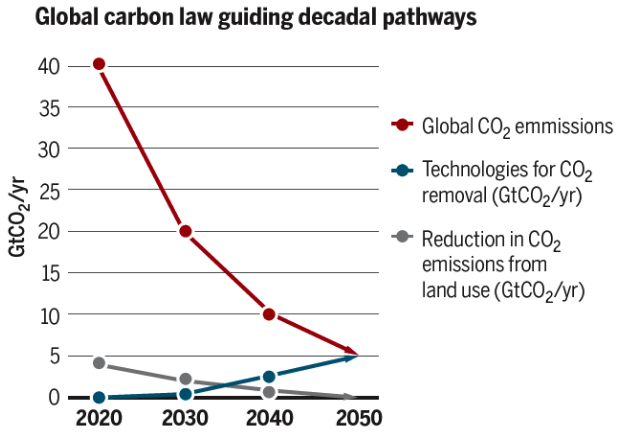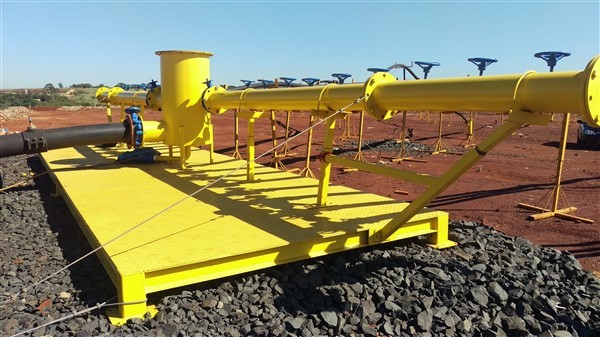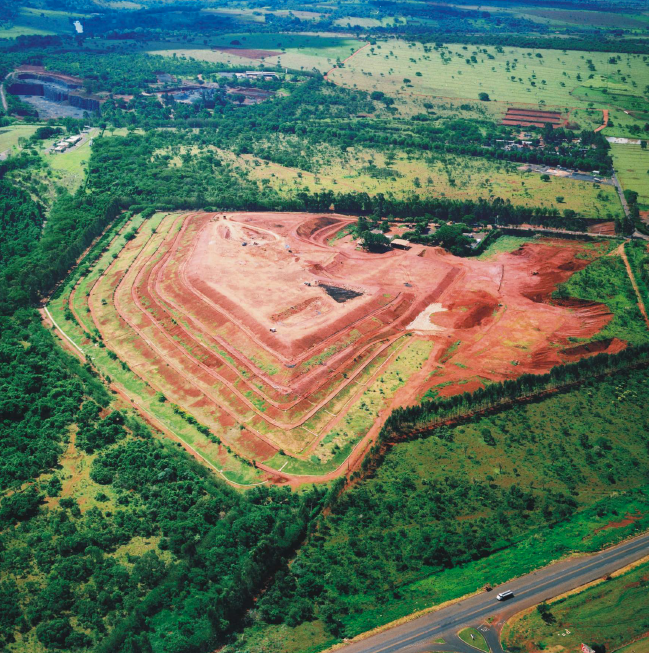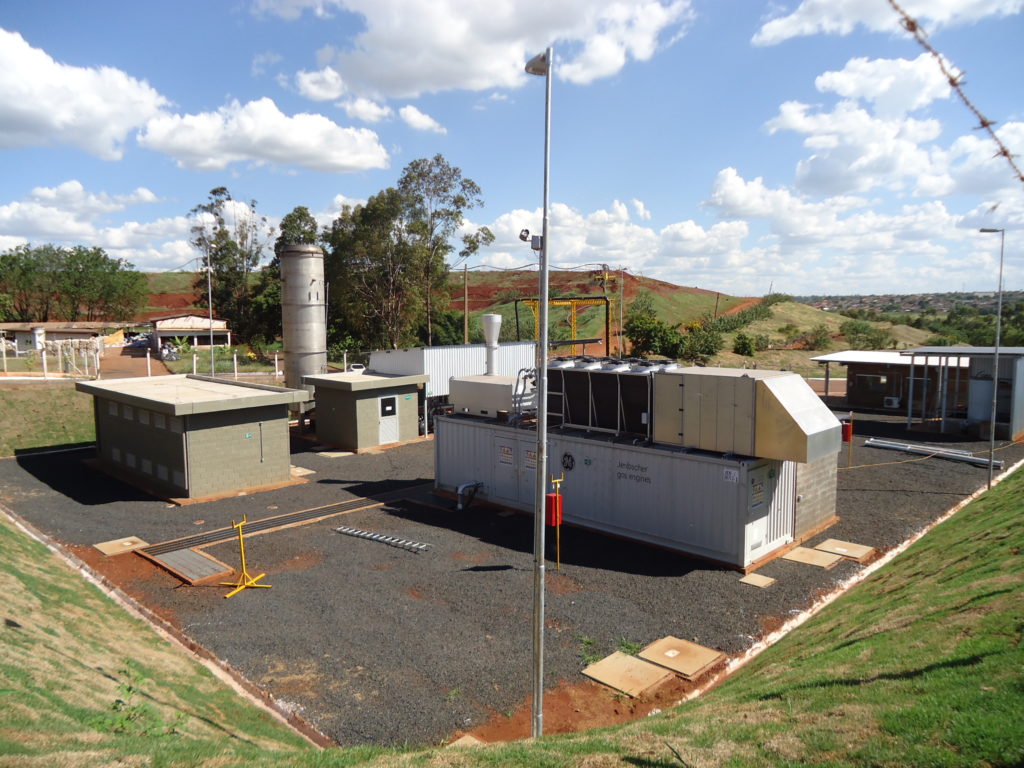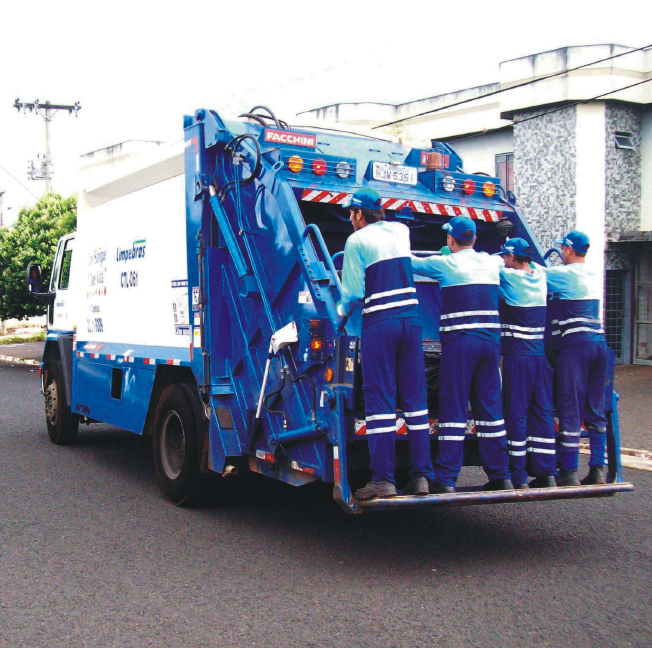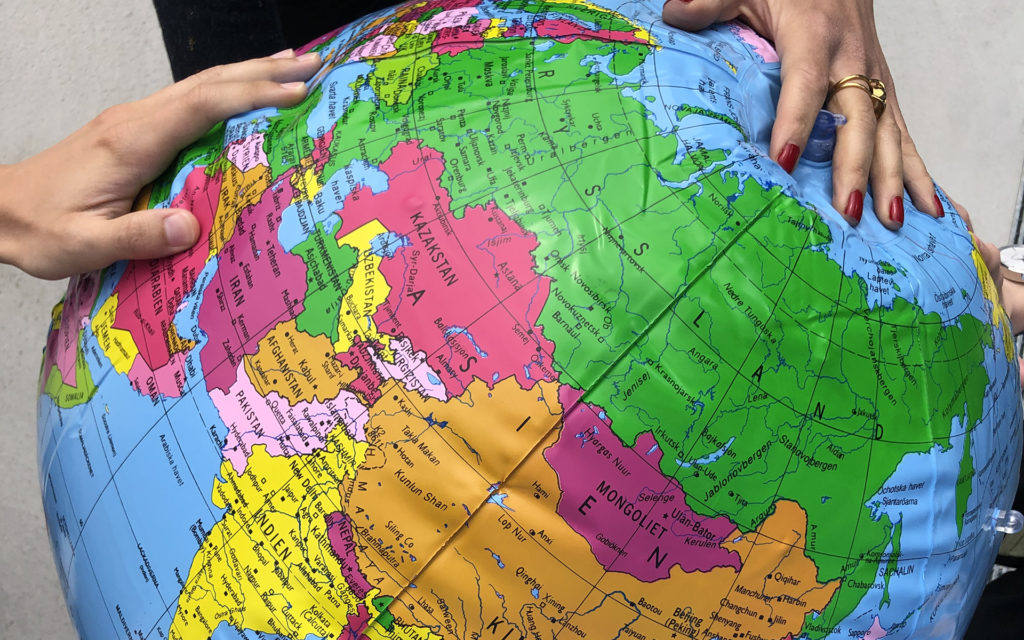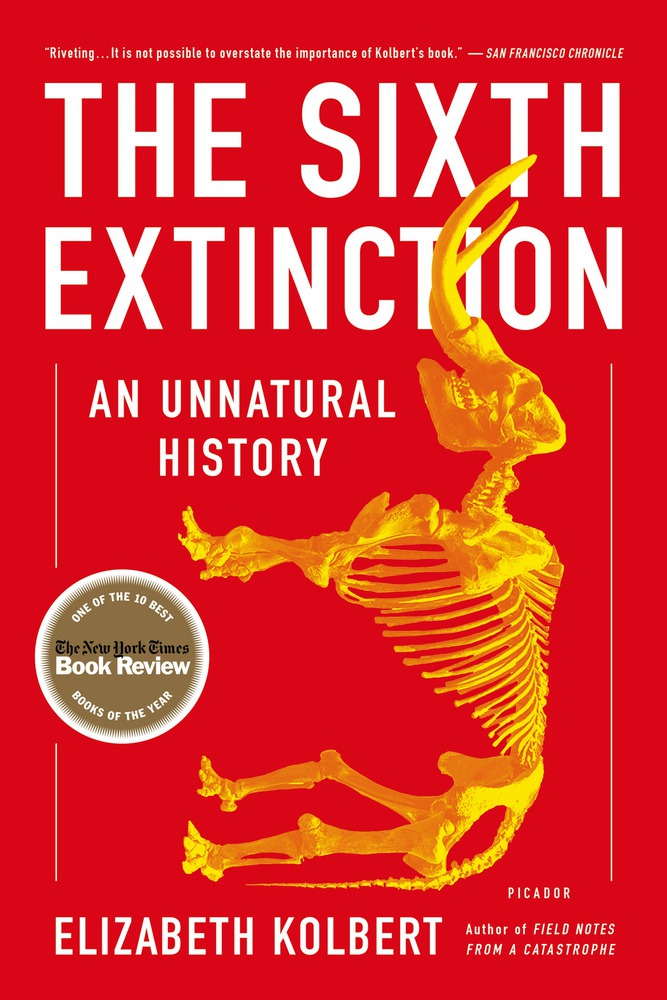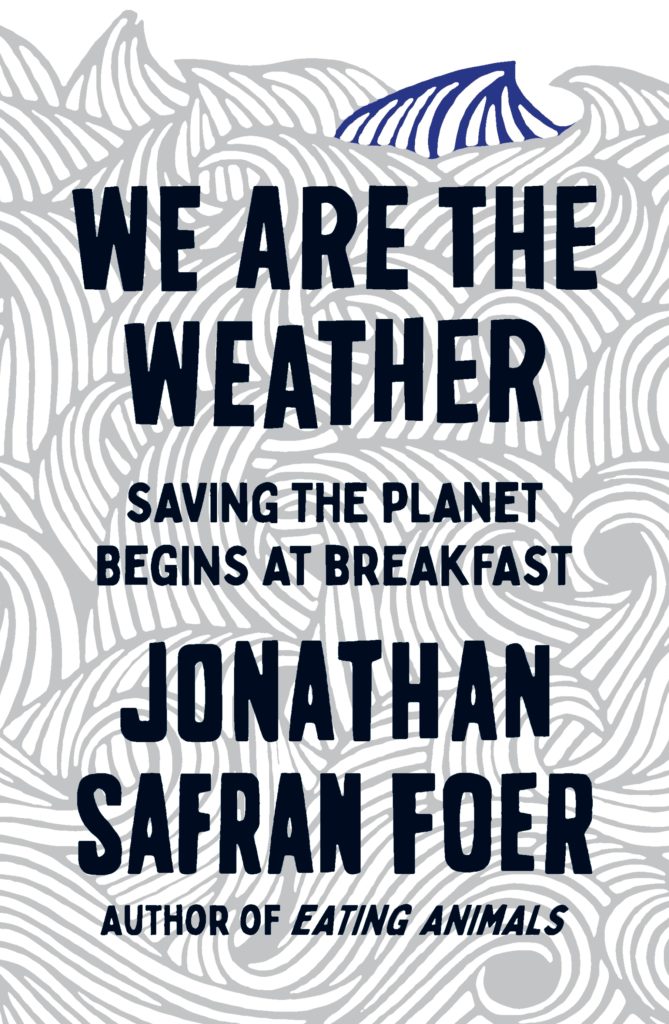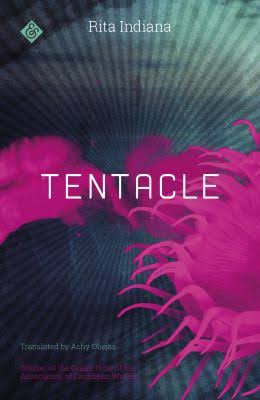A new report titled “Impacts, Adaptation and Vulnerability” from the IPCC was published this Monday, 28th Feb 2022. But why should we care about it? And what does it mean to us?
Let’s start by learning what the IPCC is
IPCC stands for Intergovernmental Panel on Climate Change. It is an independent body of the UN that provides policymakers and the world with science around climate change and how it affects us. The panel reviews research of multiple scientists around the world assesses it, condenses it, and publishes it for people to understand where we are, what we are doing and what we need to do.
So, what does the report say? and why should I care?
The report hits closer and harder than other reports. It speaks about how people’s lives and the natural world can continue to be affected by a changing climate in different parts of the world and how we can respond to those impacts. It lets us know that we need to continue mobilizing, we need to work together, we need to cut emissions boldly and fast, and we need to adapt appropriately. One thing is left clear, we are experiencing climate change impacts today, the whole world will continue to feel them, and billions will feel them harder than others. And, how much and how fast we reduce emissions will determine how heavily we will be hit; “every small increase in warming will result in increased risks.” said the IPCC co-chair.[1]
The report tells us what lies ahead if we continue as we are. We will face significant human losses, economic disruptance, loss of biodiversity, and more. It invites us to create a climate-resilient development where we reduce climate risks, reduce greenhouse emissions, enhance biodiversity and achieve the sustainable development goals.
Is there anything for me to do?
As a business:
- Learn about your climate impact.
Understand the number of emissions you are responsible for and which ones will be more effective to reduce. Later, plan how to reduce them, set a reduction target, and work to become NetZero.
- Support projects that avoid the emission of greenhouse gases
Support others working to prevent emissions from going to the atmosphere through financial support. This will help reduce the amount of GHG in the atmosphere. You can also support projects that remove them from the atmosphere.
- Engage your supply chain
Help create a snowball of action by inspiring your suppliers to reduce their emissions.
- Engage with the local governments your offices are located in
Different local governments are taking action and need business allies to implement their ideas. Learn about what your local government is doing and engage with them
As an individual:
- Learn how you can reduce your emissions
Read some of our climate tips and get inspiration
- Learn about climate justice
Climate change will not affect everyone in the world equally. Instead, already socially vulnerable communities will be the ones more affected. So we should work for a better future for everyone, not just a few.
- Vote sustainably and hold your politicians accountable
As the ‘managers’ of our society, governments have a big role to play. Whoever is in the driving seat can make a big difference in how fast and well we adapt and reduce emissions. Think about this when deciding who to vote for and hold them accountable when in office. read more
Remarks from the report
- Climate change affects people unequally. It will significantly affect Central and South America, parts of Africa, South Asia, the Artic, and Small Islands.
- There is a small window for us to act; we must not miss it.
- There is a tipping point for ecosystems and social systems from which we will not return if we reach them. If reached, it is possible we won’t be able to adapt.
- We should prioritize adaptation. Finance has to be prioritized for it.
- Maladaptation is a thing. We have implemented measures that falsely reduce risks and that emit greenhouse gases.
- Improving social infrastructures such as health systems is part of adapting to climate change
- Nature is our friend (it has always been, but let’s really take it in). Nature is key to adaptation and an essential component for keeping emissions in the ground.
[1] IPCC Press Conference – Climate Change 2022: Impacts, Adaptation & Vulnerability – YouTube
AR6 Climate Change 2022: Impacts, Adaptation and Vulnerability — IPCC
